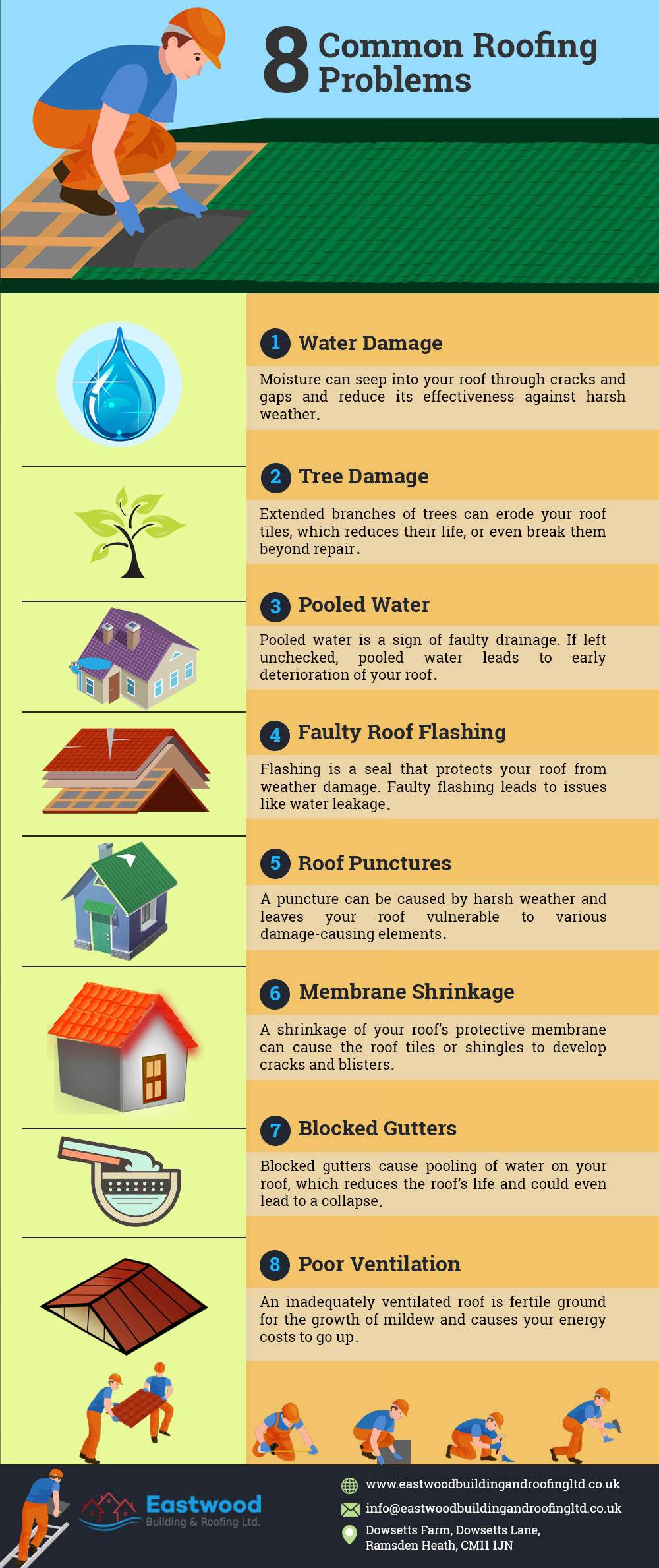The Investigation Into The Most Appropriate Photovoltaic Panel Type For Your Home Begins Currently, With Key Facets Awaiting Your Exploration-- Are You Prepared To Engage?
The Investigation Into The Most Appropriate Photovoltaic Panel Type For Your Home Begins Currently, With Key Facets Awaiting Your Exploration-- Are You Prepared To Engage?
Blog Article
Published By-Vilhelmsen McCormick
When it comes to picking the ideal solar panels for your home, the options can be overwhelming. Each kind offers distinct advantages and trade-offs, making it important to figure out which variables line up ideal with your objectives. Whether your emphasis gets on efficiency, cost-effectiveness, or visual appeals, there's a photovoltaic panel type that can satisfy your needs. So, prior to you make a decision, consider the important aspects that will affect your solar power system's performance and viability for your home.
Monocrystalline Solar Panels
When considering photovoltaic panels, you may stumble upon monocrystalline photovoltaic panels. These panels are recognized for their high performance rates due to their building from a solitary continuous crystal structure. This layout permits monocrystalline panels to do far better in reduced light conditions compared to other sorts of solar panels. In addition, their smooth black appearance makes them a popular option for household installments, assimilating seamlessly with most rooftops.
One key benefit of monocrystalline photovoltaic panels is their area performance. They require less area to generate the same quantity of power as various other solar panel kinds, making them optimal for homes with minimal roof room.
While monocrystalline panels tend to be more expensive in advance, their lasting resilience and effectiveness typically make them a cost-efficient investment in the realm of solar power. If you prioritize effectiveness and looks in your solar panel option, monocrystalline panels could be the best selection for your home.
Polycrystalline Solar Panels
Polycrystalline solar panels, additionally called multicrystalline solar panels, supply an alternative choice to monocrystalline panels. solar energy companies are made from silicon crystals that are melted together, creating a much less consistent look compared to monocrystalline panels.
One of the essential benefits of polycrystalline panels is their reduced manufacturing cost, making them a more affordable alternative for home owners seeking to purchase solar energy.
While polycrystalline panels may have a slightly lower performance rate contrasted to monocrystalline panels, they still supply a reputable and cost-effective way to create solar power for your home. These panels do well in heats and are a resilient option for a variety of environments.
If you have a larger roofing system space and are aiming to maximize your power production without breaking the bank, polycrystalline panels could be the best choice for you.
When considering photovoltaic panel options for your home, it's vital to consider the cost-effectiveness and effectiveness of polycrystalline panels against your energy needs and budget plan restrictions.
Thin-Film Solar Panels
Going on to Thin-Film Solar Panels, these panels offer an unique alternative to conventional silicon-based alternatives like polycrystalline panels. Thin-film panels are lightweight and versatile, making them easier to set up on various surface areas like curved roofs or wall surfaces. They're also extra visually pleasing, assimilating seamlessly with the style of your home.
However, https://claytontyeir.izrablog.com/29850315/assessing-solar-energy-firms-important-aspects-to-analyze-in-terms-of-rates-warranty-and-service-quality to keep in mind that thin-film panels usually have lower effectiveness rates contrasted to crystalline silicon panels. https://electrek.co/2023/02/27/allpowers-200w-portable-solar-panel-more-new-green-deals/ implies you might require more space to generate the exact same amount of power.
On the bright side, thin-film panels execute better in low-light conditions and have a reduced temperature level coefficient, implying they can create even more energy on warm days. If you have enough area and are looking for a functional and aesthetically appealing photovoltaic panel choice, thin-film panels could be a great option for your home.
Final thought
Finally, when choosing the best photovoltaic panel type for your home, consider your energy needs, budget plan, and room restrictions. Monocrystalline panels offer high efficiency in minimal space, while polycrystalline panels offer a cost-efficient option with reliable performance. Thin-film panels offer adaptability and visual appeal but might have lower efficiency rates. By considering these aspects, you can select the photovoltaic panel kind that best fits your specific needs.
